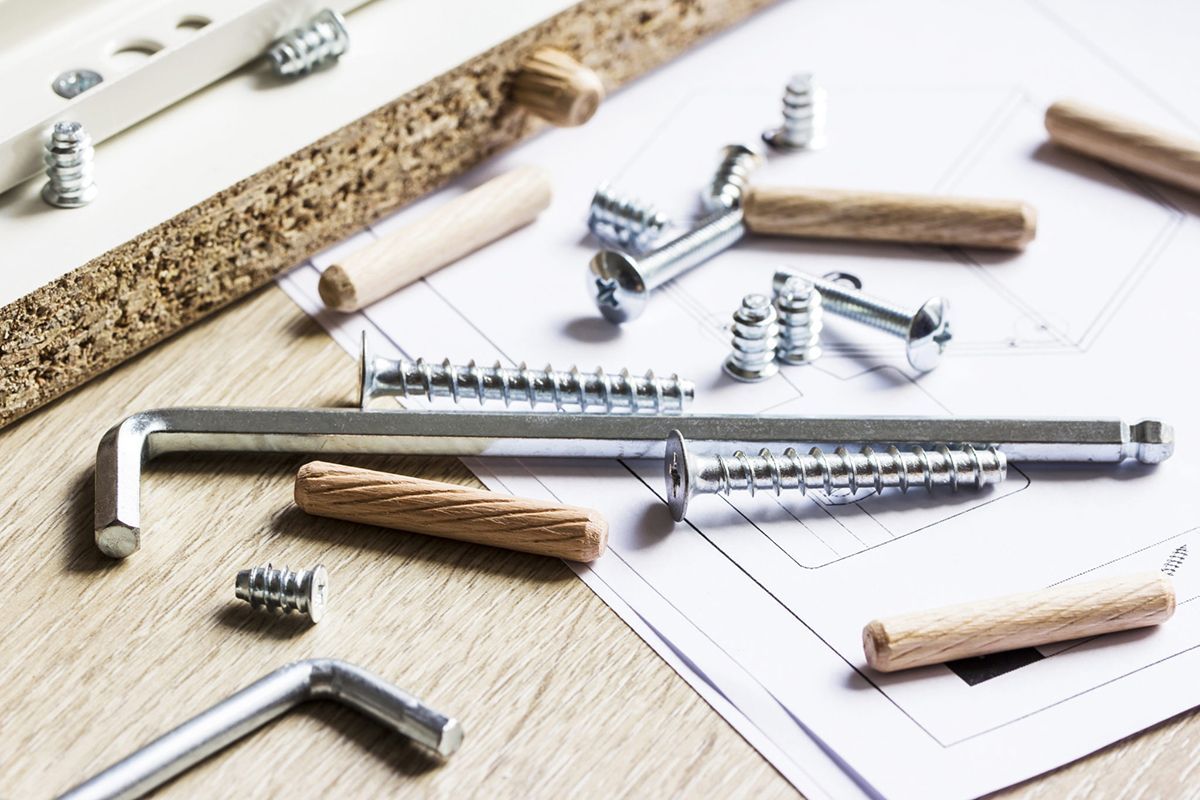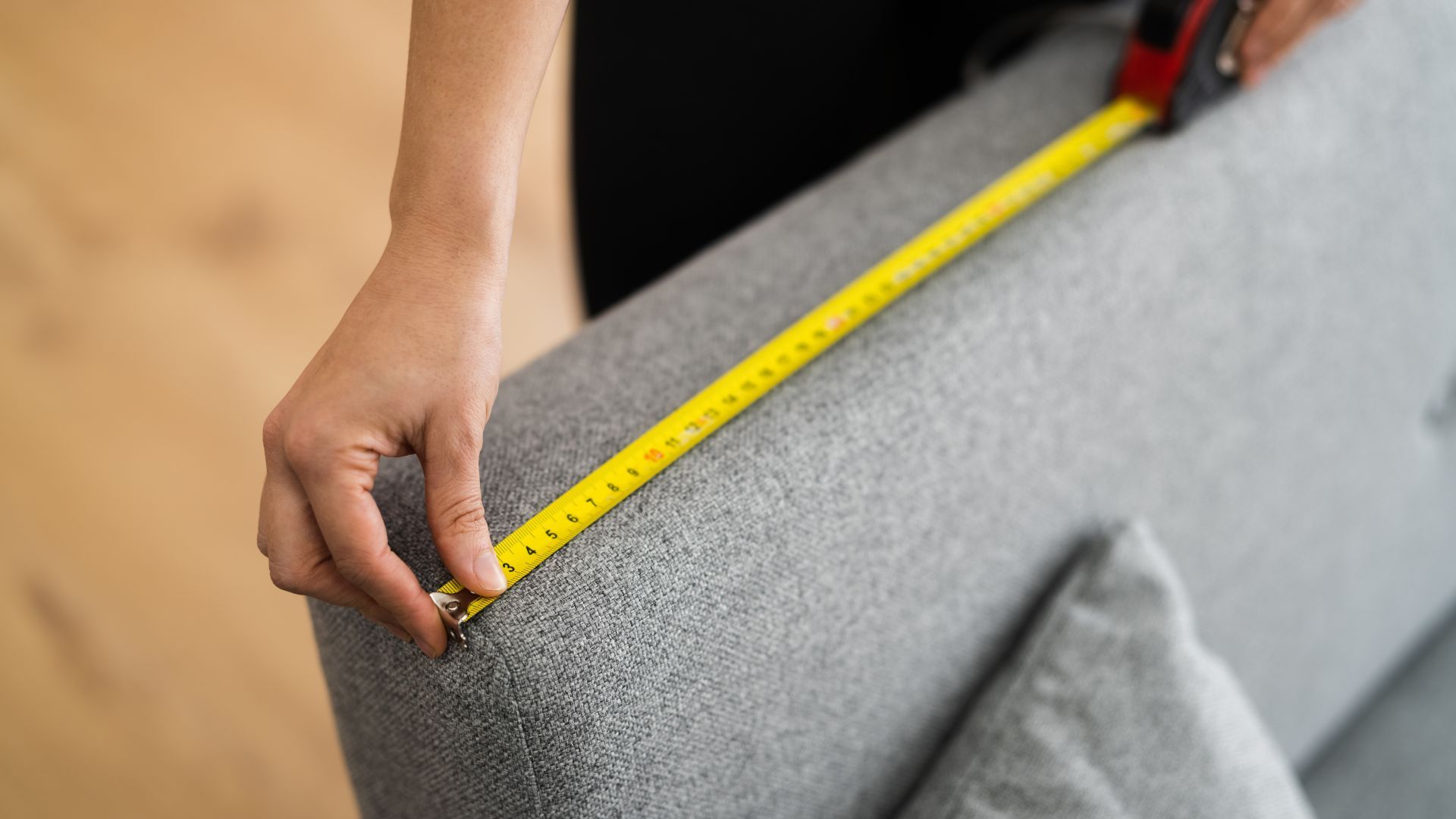How to protect your furniture during a move ?
Moving your furniture requires careful handling to avoid costly damage, no matter the distance. Furniture is often among the heaviest and most expensive items to relocate, making it crucial to protect each piece. Without the right precautions, wood can be scratched, upholstery torn, and glass shattered, making the move a stressful experience. Thankfully, with the right supplies and proven strategies, you can safeguard even your most delicate items. Moving blankets, bubble wrap, and furniture covers will help shield your pieces from damage during transit or storage. Proper disassembly and careful packing also play vital roles in ensuring everything arrives in perfect condition. Whether you're moving a single couch, relocating your entire household, or placing items in temporary storage, you can protect your furniture effectively with these methods. Our team specializes in secure and efficient moves, ensuring your cherished belongings remain damage-free throughout the process. Check out our blog post to learn more about the best practices for preserving your furniture during your next move!
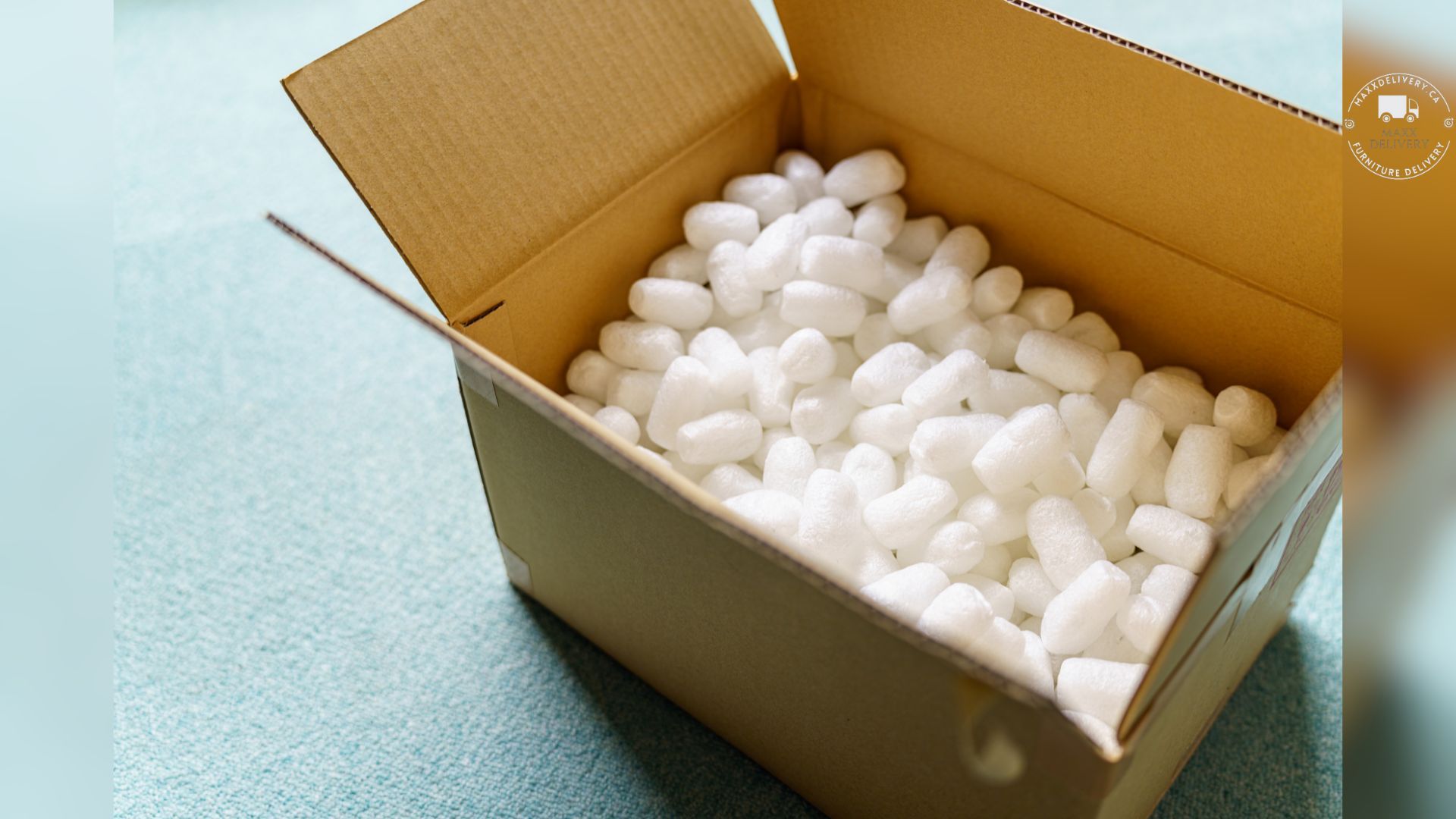
Gather the Right Packing Supplies
To protect your furniture during a move, gathering the right packing materials is crucial. Relying solely on cardboard boxes and packing tape isn’t sufficient for large, heavy, or fragile items. Proper materials like bubble wrap, plastic stretch wrap, sofa covers, sealable bags for hardware, and corrugated cardboard sheets are essential to shield your furniture from damage during transit. These materials offer layers of protection, significantly reducing the risk of scratches, dents, and other wear and tear. Moving blankets are especially important, as they provide a soft, non-scratch barrier to wrap around your furniture. Whether you're moving to a new home or storing your furniture temporarily, moving blankets ensure that wood surfaces, glass, and upholstery are protected from damage. By carefully wrapping each piece, you help preserve its condition throughout every phase of the move. Some people attempt to save on moving costs by skipping key materials, but this approach can lead to expensive repairs or replacements when furniture is damaged. Fragile items like glass tabletops or intricate wooden details are particularly vulnerable, so investing in the right packing supplies can prevent costly mishaps. With proper preparation, even your most delicate pieces can make it to your destination safely. Using quality packing materials not only protects your furniture but also provides peace of mind during what can be a stressful process.
How to Prepare Your Furniture for Packing
Before you start dismantling or packing, it’s important to clean and dust your furniture. This step might seem insignificant, but it helps prevent scratches that can occur when dust or grime rubs against wood or upholstery during the move. Cleaning also keeps you from bringing dirt and debris into your new home, ensuring that everything arrives in pristine condition. After cleaning, remove any knobs, handles, or pulls from your furniture to avoid accidental damage. These small parts are easy to overlook but can easily get caught on other items or damaged in transit. Store them in labeled plastic bags, so you can find and reattach them later without hassle. Disassembling furniture is another crucial step in reducing the risk of damage during a move. Removing legs from tables, taking out drawers, and dismantling bed frames not only makes furniture easier to transport but also helps prevent it from bumping into doorways or walls. Using the furniture's manual can guide you through the disassembly process, ensuring you do it safely and correctly. Make sure to store all screws and hardware in securely taped plastic bags and label them for easy reassembly when you arrive at your new home. This preparation not only makes the move more efficient but also protects your furniture from unnecessary damage. By taking the time to clean, disassemble, and carefully pack your furniture, you can make the entire moving process smoother.
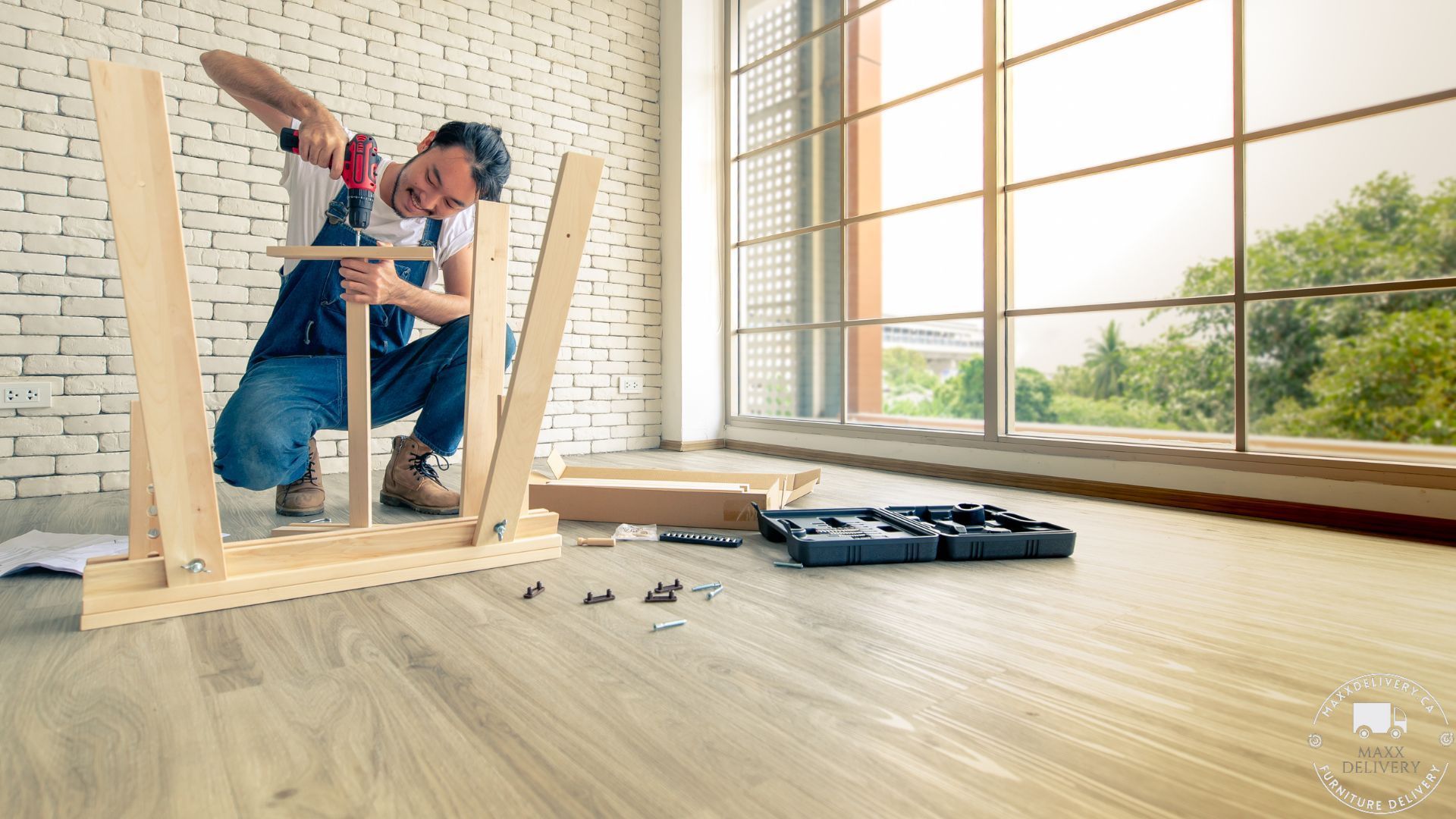
Shrink-wrap and Bubble Wrap
Do’s and Don’ts
One of the most effective ways to safeguard your furniture during a move is by wrapping it properly in protective materials like bubble wrap and plastic stretch wrap. Bubble wrap offers excellent cushioning for fragile items, such as glass tabletops and mirrors, by absorbing shocks and preventing breakage. For upholstered furniture, plastic stretch wrap or specially designed furniture covers act as a shield against dirt, moisture, and potential tears, helping the fabric to remain intact. To maximize protection, applying multiple layers of these materials is a good practice. However, when it comes to wooden furniture, extra care is required. While plastic wrap helps secure the piece, it doesn’t provide sufficient protection against dents or scratches on its own. A more reliable option is to first cover wooden furniture with a moving blanket, which is soft and non-abrasive, then add plastic wrap to hold everything in place. This dual-layer approach creates a stronger barrier against the bumps and impacts that often occur during transportation. Taking the time to carefully wrap each piece, especially those made of wood or containing fragile elements, can greatly reduce the risk of damage. Ensuring your furniture is adequately wrapped not only saves you from costly repairs but also preserves the integrity of your valuable items as they make their way to your new home.
Disassemble Furniture in Advance
Dismantling large furniture pieces before moving day can significantly streamline the moving process and minimize the risk of damage. Bulky items like bed frames, dining tables, and sofas can be tricky to maneuver through tight hallways and doorways. By disassembling them in advance, you make each piece easier to transport, reducing the likelihood of scratches on walls or door frames. When taking apart furniture, it’s crucial to keep screws and smaller components organized. A practical approach is to place these parts in sealable plastic bags and tape them securely to the corresponding furniture pieces. For items with complex assembly, consider using a marker to label each component clearly. This labeling system not only simplifies the reassembly process but also ensures that nothing gets lost during the move. Proper dismantling enhances the efficiency of your move, allowing for quicker loading and unloading. By investing a little time beforehand, you can alleviate the stress often associated with moving days. With everything organized and labeled, you'll be better prepared to reassemble your furniture in your new home, making the transition smoother and more manageable. One more thing, if you don't want to do it, let us know. The team will help you with that!
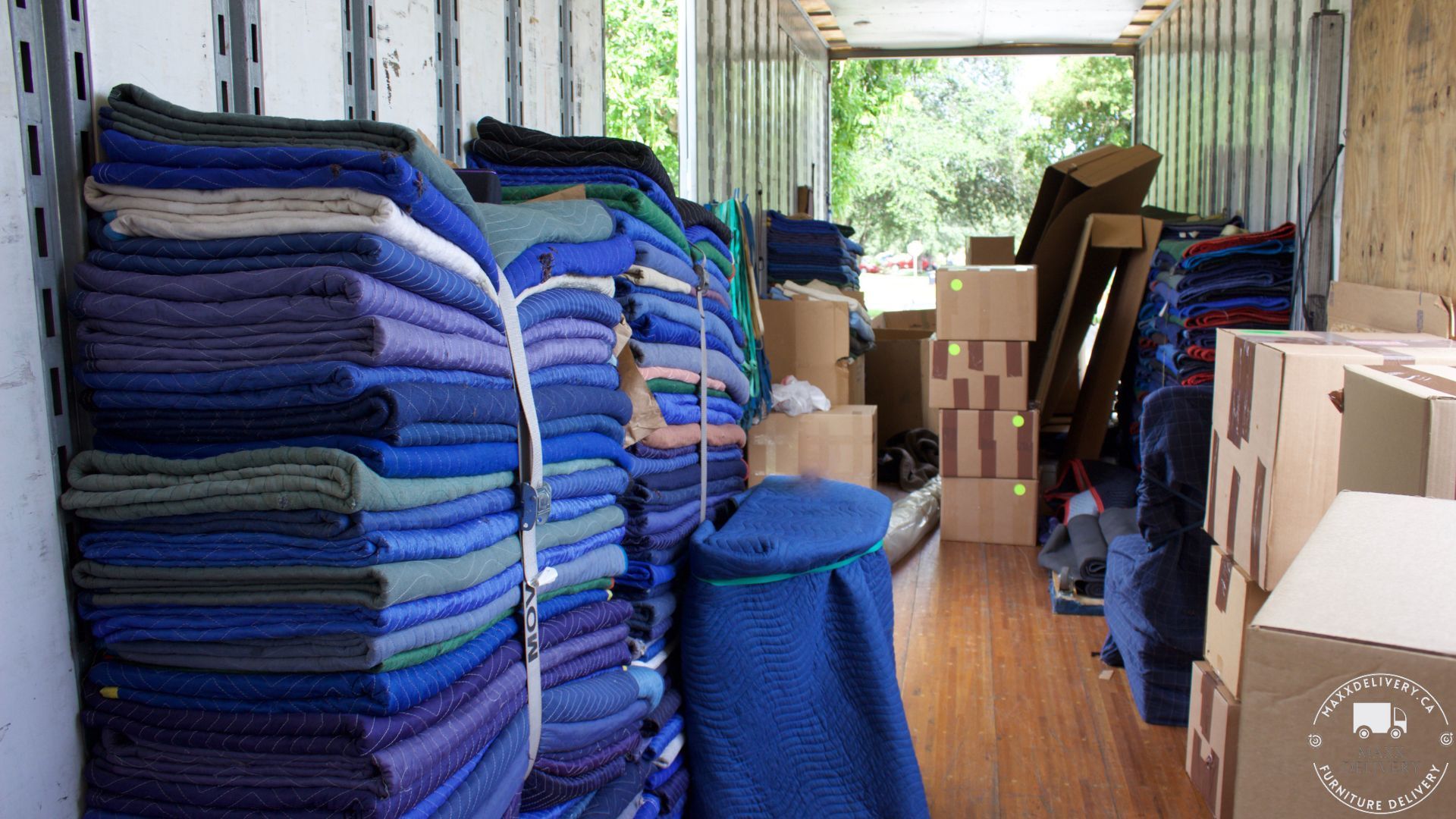
How to Pack a Moving Truck Like a Pro
Packing your moving truck effectively is just as crucial as wrapping and disassembling your furniture. Proper weight distribution and strategic placement can significantly prevent damage during transit. Begin by loading the heaviest and most stable items, like appliances and large furniture pieces, at the back of the truck. This creates a solid base and ensures that heavier items are supported during the journey. To further protect your belongings, use moving blankets between items to reduce friction and minimize the risk of scratches or dents. When loading lighter and more fragile pieces, place them on top of or between the larger items. This approach keeps them secure and prevents them from being crushed under heavier loads. For upholstered furniture, make sure to secure it with ropes or straps to keep it from shifting during transport. This added stability helps maintain the integrity of your items and reduces the chance of damage while on the road. If you’re moving a mattress, consider laying down a blanket to shield it from dirt and debris, ensuring it arrives in pristine condition. By taking these precautions when packing your moving truck, you can ensure a smoother and more organized move. Thoughtful packing techniques can make all the difference in keeping your furniture and belongings safe.
Protect Wood Furniture During the Move
Wood furniture, particularly antique or newly finished pieces,
demands careful handling during a move. While plastic wrap can protect against surface dirt, it falls short when it comes to preventing dents, scratches, or warping. To effectively safeguard your wooden furniture, begin with a layer of moving blankets or thick padded materials, which provide essential cushioning during transport. For added protection, consider using corrugated cardboard to separate different pieces of wood furniture. This will help prevent them from scratching against one another, which is especially important for delicate finishes.
When loading your truck, avoid placing heavy items on top of wooden furniture. The weight can lead to unsightly dents or even cracks, compromising the integrity of your beloved pieces. If you're moving a cherished antique wooden table or a sleek modern dresser, taking the right precautions ensures that your furniture arrives in very good condition. Proper packing techniques and thoughtful handling are crucial to maintaining the beauty and functionality of your wood furniture during a move. With careful preparation and the right materials, you can ensure your valuable pieces are well-protected.

Your Trusted Partner for a Stress-free Move
MaxxDelivery.ca
At the end of the day, moving your furniture doesn’t have to be a stressful or risky endeavor. By following the proper steps, gathering the right supplies, cleaning and dismantling furniture, and packing the truck carefully; you can ensure your items arrive at your new home without a scratch. However, it’s always a smart choice to seek professional help to guarantee the safest move possible. MaxxDelivery.ca offers expert moving services throughout Toronto and the GTA, specializing in furniture delivery and relocation. Our team is highly trained in packing, disassembling, and transporting even the most fragile and valuable items. We take the utmost care to protect your furniture, using the best supplies and techniques to prevent any damage during the move. Whether you’re moving across town or into a storage unit, MaxxDelivery.ca is here to make the process flawless and worry-free. Contact us today to learn more about our services and schedule your move with confidence.
MaxxDelivery Moving and Delivery Tips and Blog



